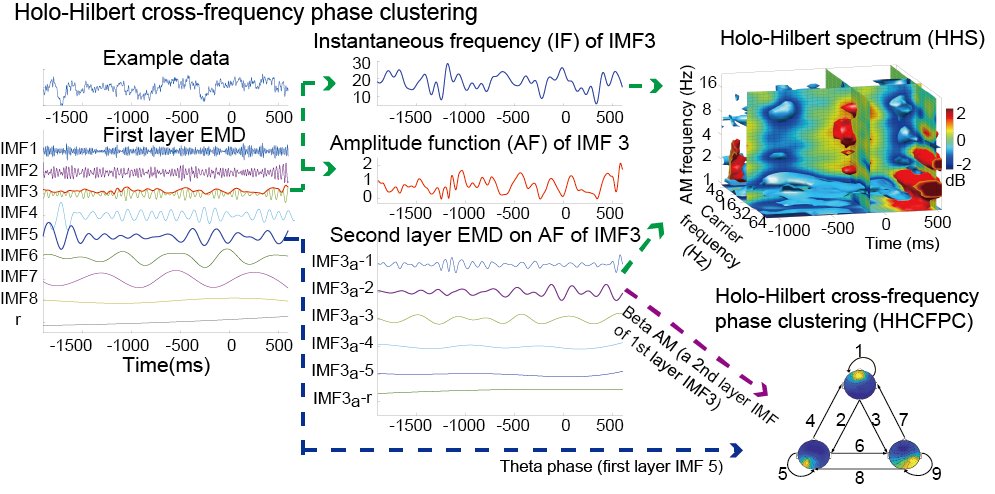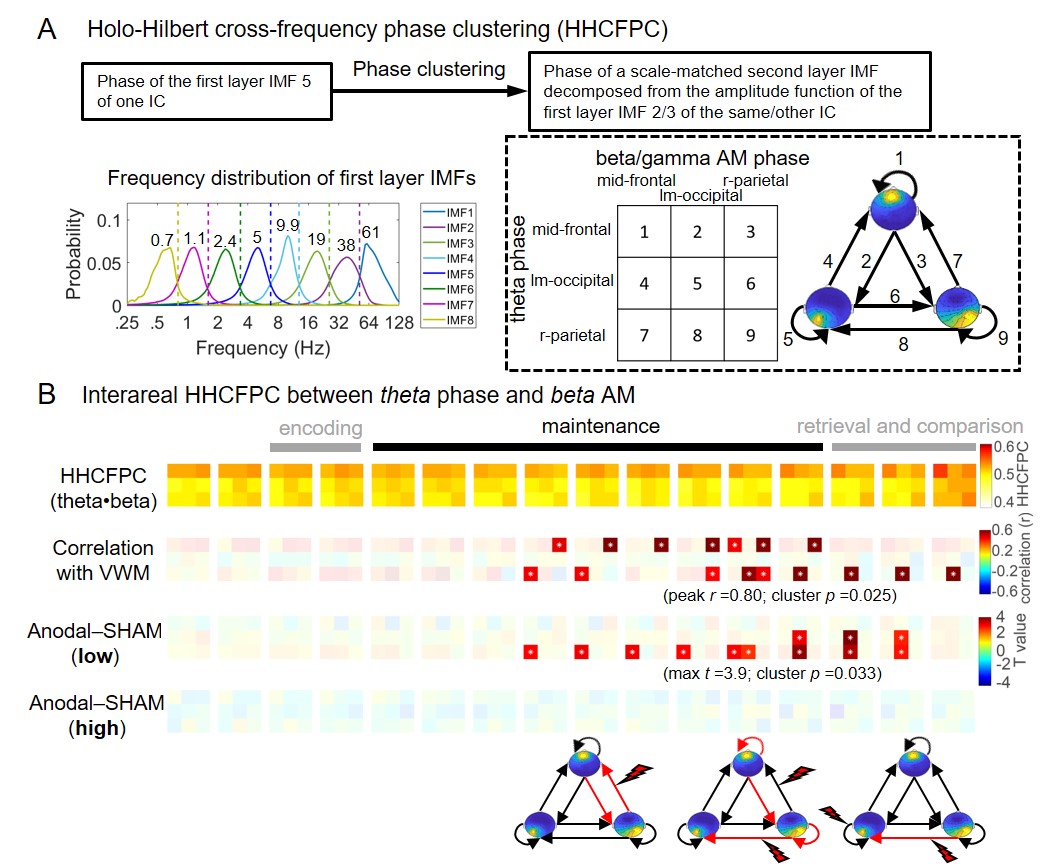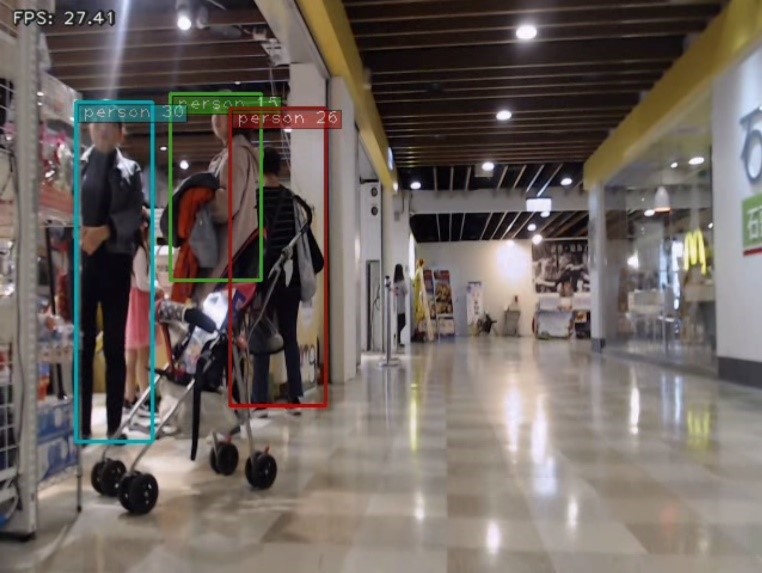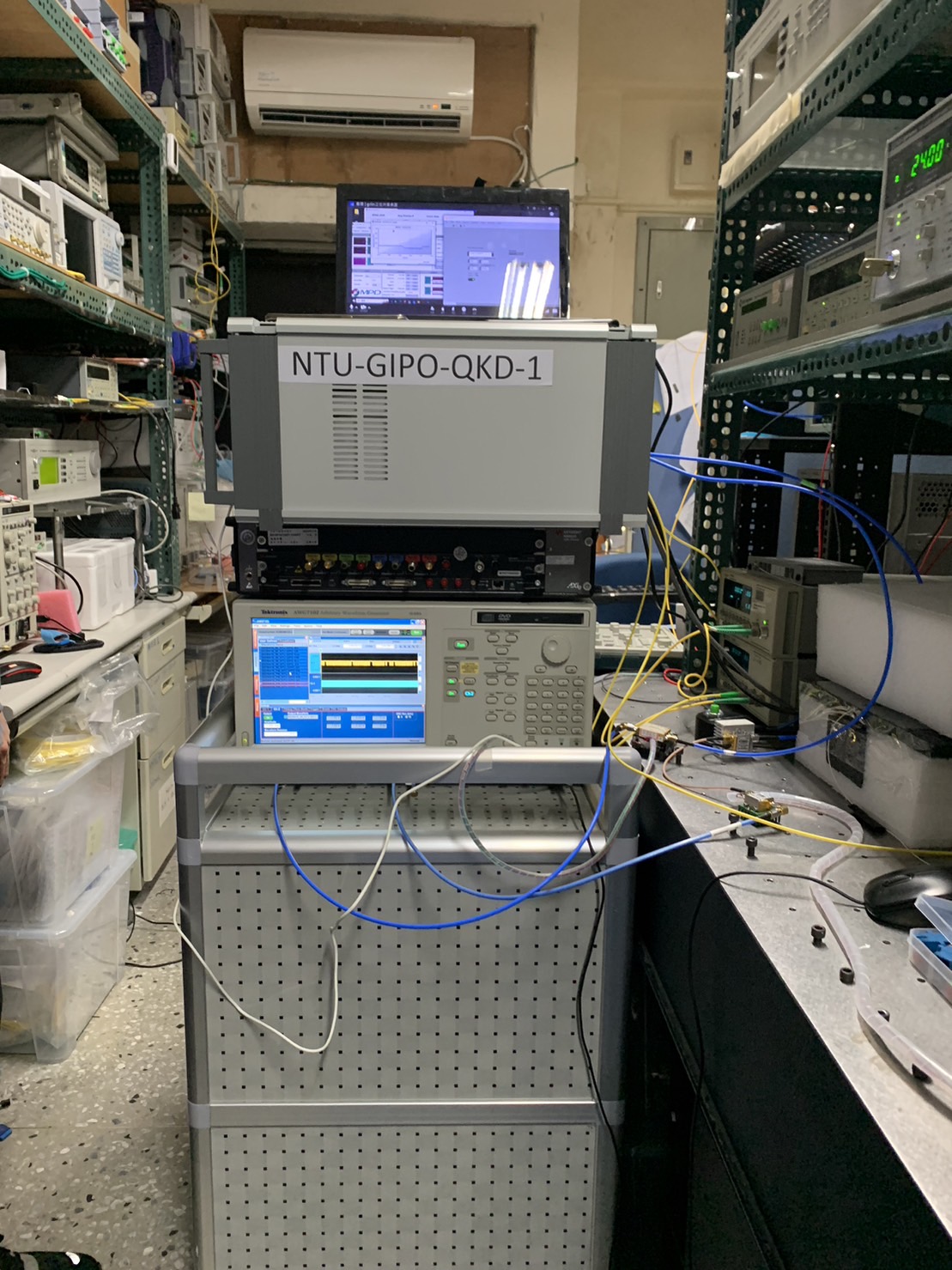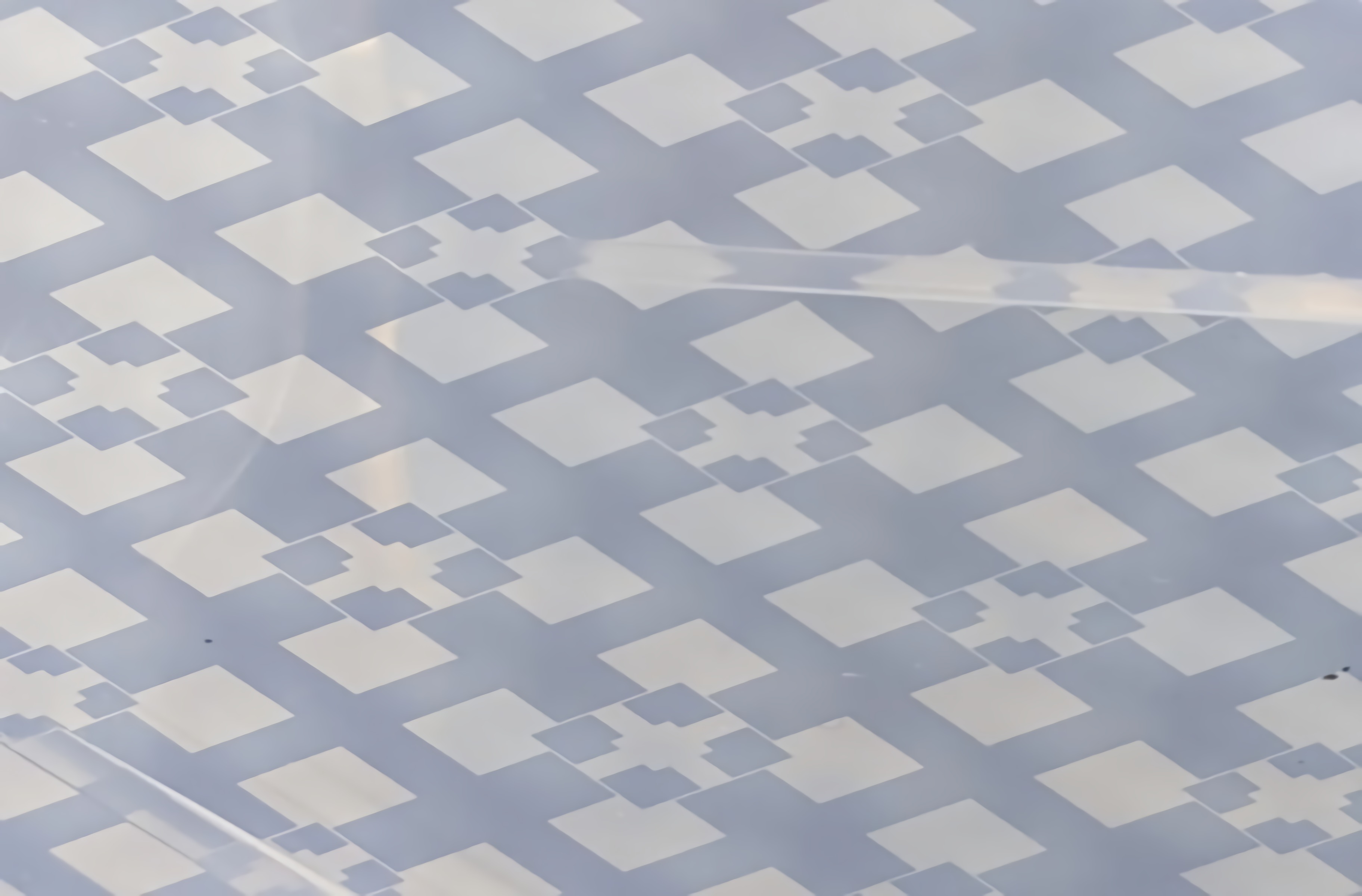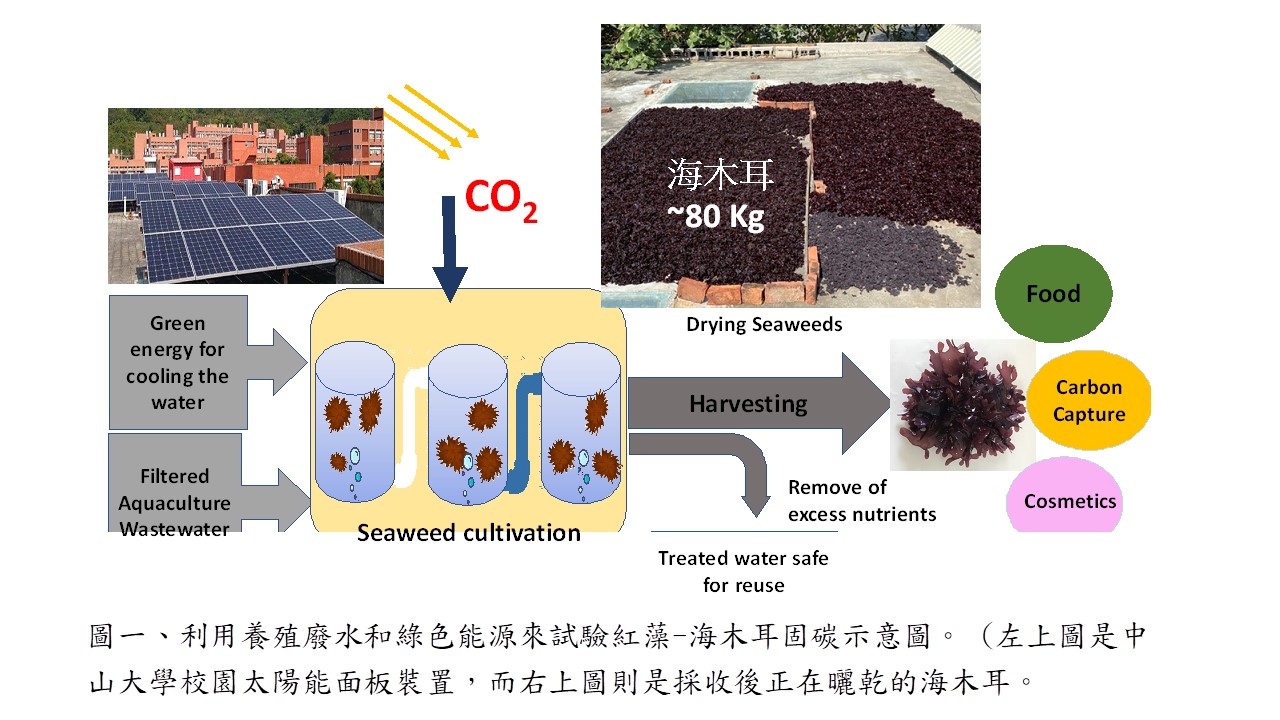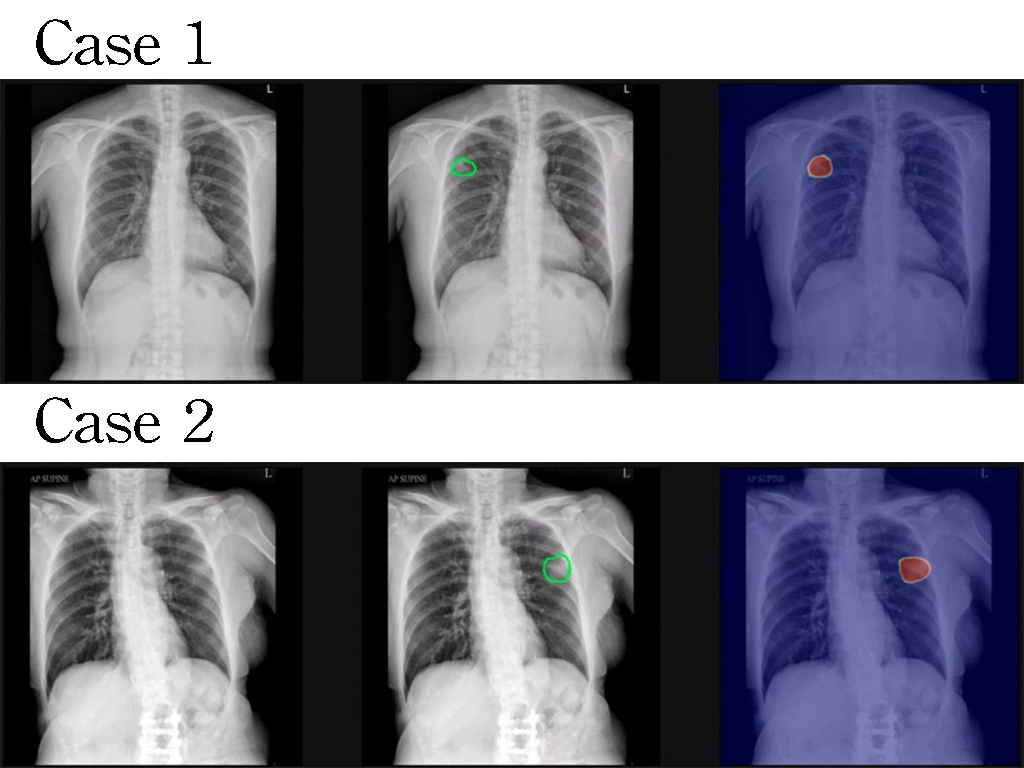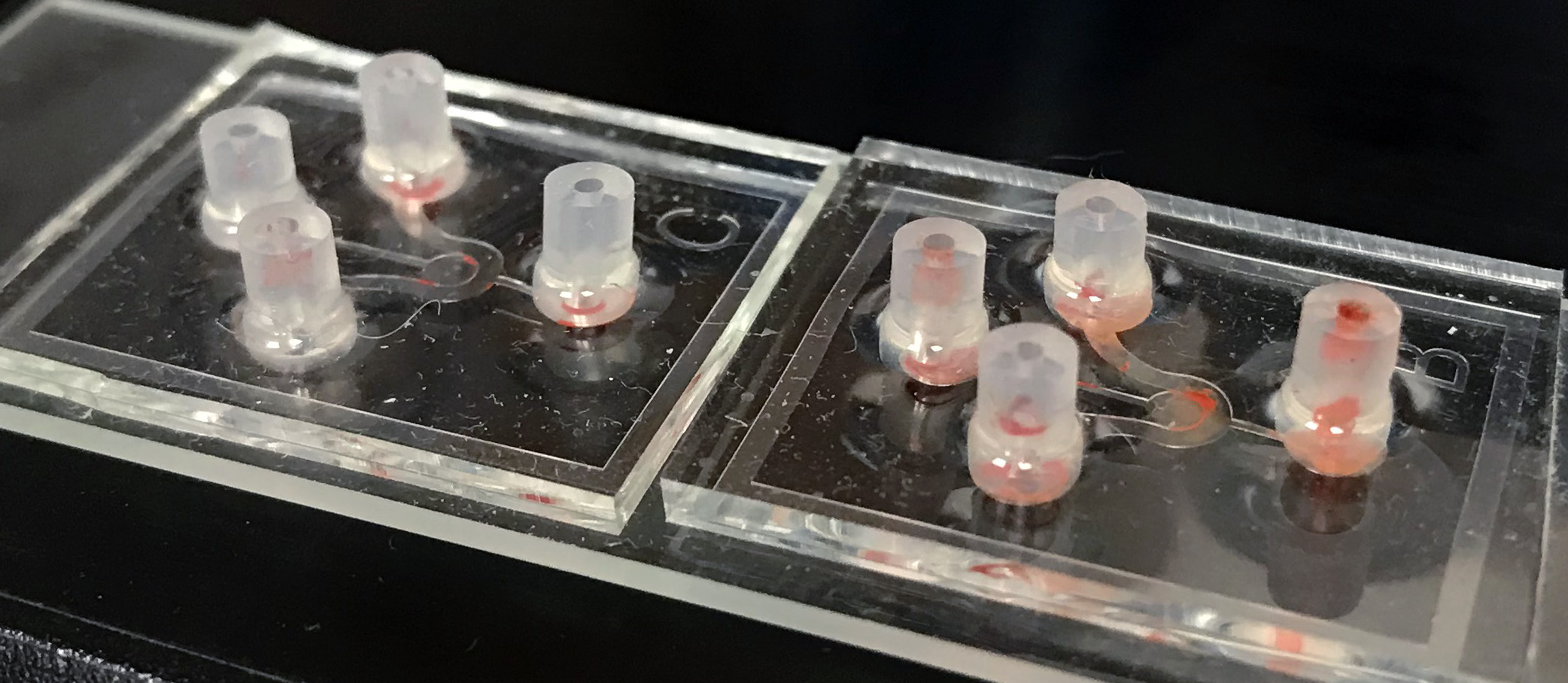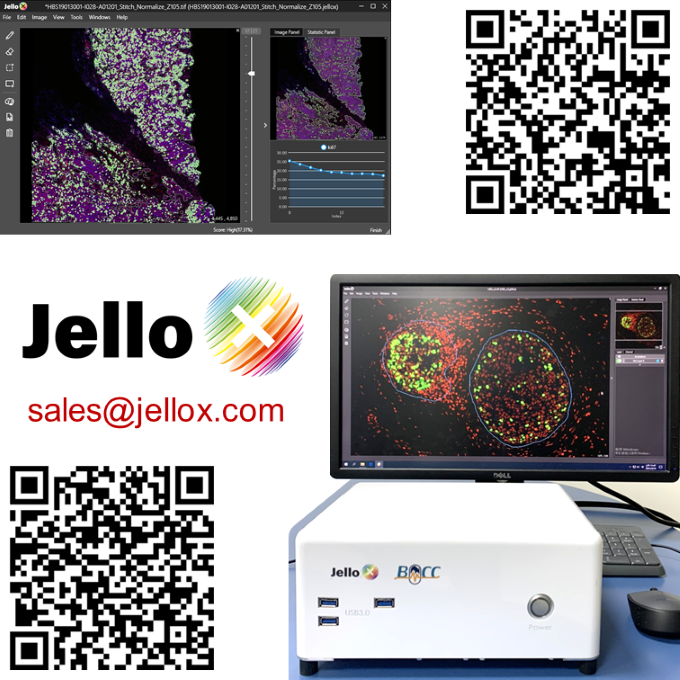| Scientific Breakthrough |
Holo-Hilbert cross-frequency phase clustering (HHCFPC) is a cross-frequency brain functional connectivity analysis based on the Holo-Hilbert spectral analysis (HHSA). Its scientific breakthrough lies in transforming the amplitude function into instantaneous phase functions of various time scales (ie, second-layer IMFs) through two-layer empirical mode decomposition,then performing cross-frequency phase coupling calculations with the phase of the first-layer IMFs. Furthermore, establishing the parameters of non-invasive brain stimulation by HHCFPC is also a new breakthrough.
|
| Industrial Applicability |
Holo-Hilbert cross-frequency phase clustering (HHCFPC) can be applied to any kind of multi-channel electrophysiological signal measurement device, such as: EEG,EKG. Furthermore, because the HHCFPC information can be used to establish non-invasive brain stimulation (NIBS) parameters, it can also be applied to any NIBS device, such as: transcranial electrical stimulation (tDCS/ tACS),transcranial magnetic stimulation (TMS). By building the algorithm provided by this technology, the application value of the various devices mentioned above can be significantly improved.
|





